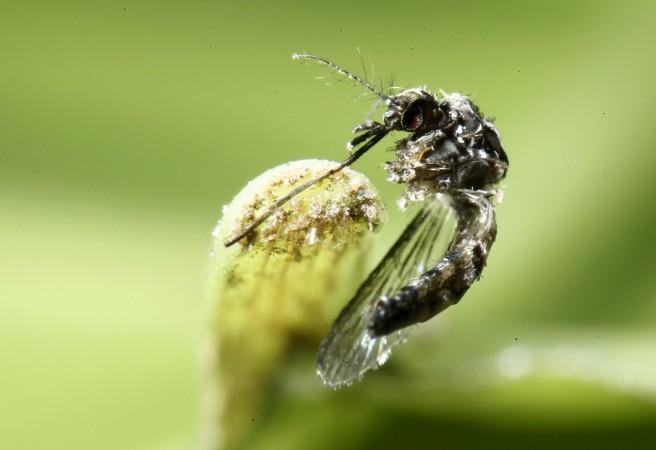
The World Health Organisation (WHO) launched a global Strategic Response Framework and Joint Operations Plan to guide the international response to the spread of Zika virus infection and the neonatal malformations and neurological conditions associated with it, on Tuesday, Feb. 16, 2016.
The strategy focuses on mobilising and coordinating partners, experts and resources to help countries enhance surveillance of the Zika virus and disorders that could be linked to it, improve vector control, effectively communicate risks, guidance and protection measures, provide medical care to those affected and fast-track research and development of vaccines, diagnostics and therapeutics.
According to the WHO, $56 million is required to implement the strategy, of which $25 million would fund the joint response of the WHO, the Regional Office for the Americas (AMRO) and the Pan American Health Organisation (PAHO), and $31 million would fund the work of key partners.
In the interim, the WHO has tapped into a recently established emergency contingency fund to finance its initial operations.
"Brazil has registered more than 4,700 suspected cases of microcephaly and only a quarter were only studied," Natela Menabde, the executive director of the WHO Office in New York, was quoted by IANS as telling the UN member states during a briefing to the UN Economic and Social Council on Tuesday.
Before the outbreak of the virus, the average number of microcephaly cases every year was of 163, Xinhua reported. "The increase we see now is definitely a source of serious concern," she said.
As part of the WHO's new emergency programme, the global health agency has activated an incident management system to oversee the global response and leverage expertise from across the organisation to address the crisis.
As of Feb. 12, a total of 39 countries in multiple regions have reported autochthonous (local) circulation of Zika virus, and there is evidence of local transmission in six additional countries, said the WHO.

















